

Beech is a majestic tree that is common in most of Europe’s forests. Here are all out tips to grow beech well.
Key facts to remember
Name – Fagus sylvatica
Family – Fagaceae
Type – tree
Height – 30 to 120 feet (10 to 40 meters)
Climate – temperate
Exposure – full sun
Soil – ordinary
Foliage: Deciduous
Flowering – April May
Beech is, like most trees, planted in fall. If purchased in a container with soil, you’ve got a bit more leeway since you can wait until the end of spring to transfer it to the ground.
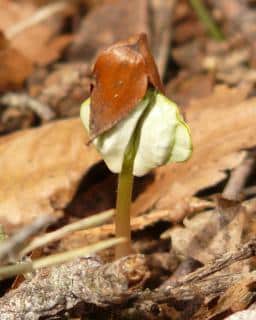 Beech loves places with a very high sun exposure but still tolerates part sun quite well.
Beech loves places with a very high sun exposure but still tolerates part sun quite well.Follow our detailed advice on how to plant a tree.
As a hedge, keep a distance of 3 to 4 feet (100 to 120 cm) between two consecutive saplings.
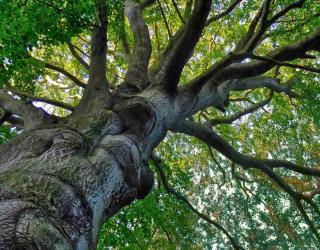
Note that whenever beech grows alongside pastures and cattle or horses often graze its leaves, it tends to stay small and grow like a hedge, never really growing any taller than the animals themselves. Prune off old branches during winter, this will trigger branching out and increase the lushness of its foliage.
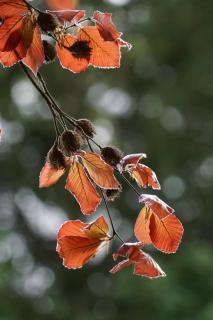
The hardiness to freezing and cold of beech goes down to -4°F (-20°C), which makes it a hardy tree by any measure. Not often prone to disease, you might observe fungal developments and sometimes even scale insects, which tend to weaken the tree.
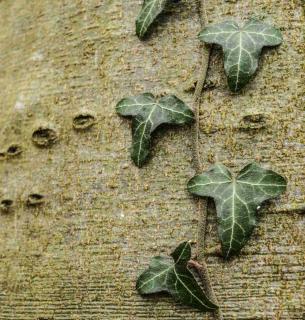
Beech is one of the most famous and oft-grown trees across Europe, specifically even now in forestry. It is quite common to find forests that are exclusively populated with beech trees, but it’s more generally planted together with other species such as common oak (Quercus), often just called oak.
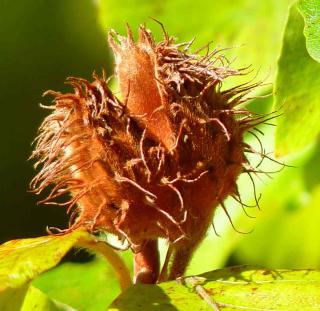
Fruits of the beech tree are called beechnuts.
Beech leafage is dark and dense: the shade it provides is among the coolest of all shade trees. A welcome gift during sweltering summers! To further increase its ornamental appeal, in addition to the regular green color, it’s easy to get your hands on purple-leaved specimens.